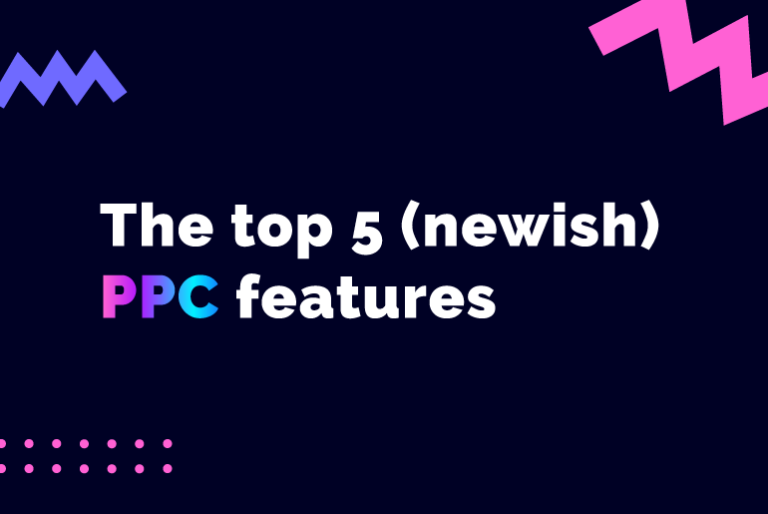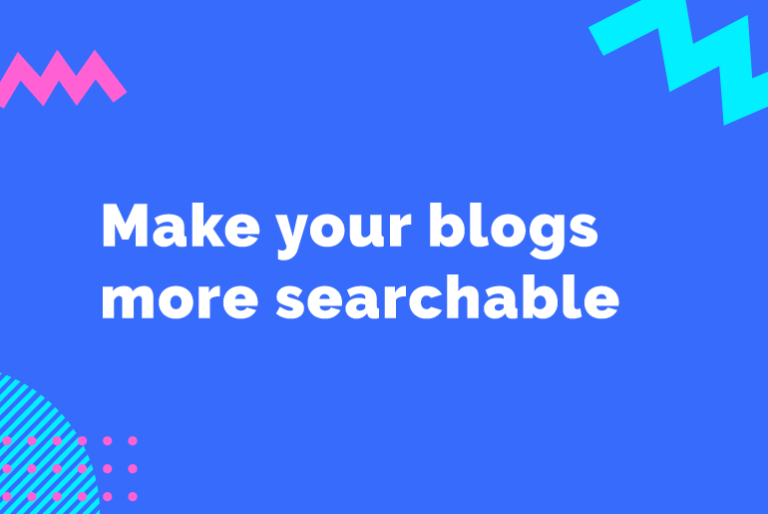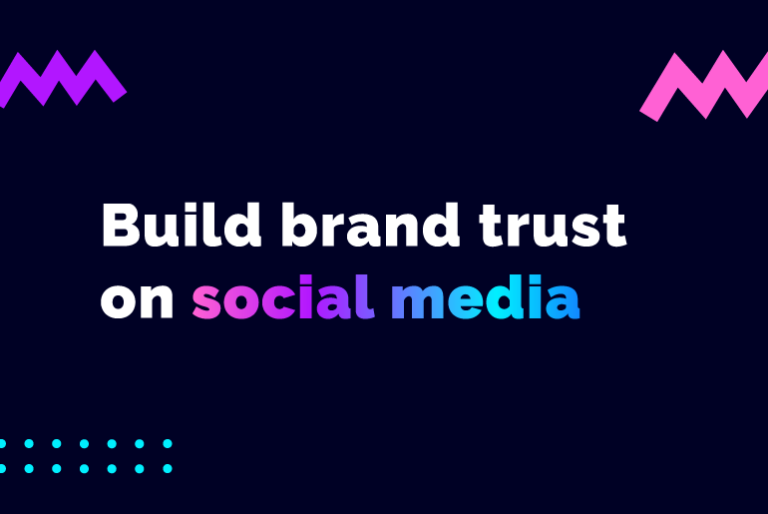Nobody could blame you for getting confused over which social channels you should be focusing on, and if you’re like a lot of businesses we speak to, it’s easy to fall into the trap of signing up for all of them and generically posting the same content across all of them.
Before you even think about getting into a social media strategy, what you should be posting, when, how and why, there’s one big factor that businesses fail to consider and that’s choosing the right channels in the first place.
Most social media channels have a very broad range of users with varying interests and demographics, but, there is generally a core audience you can associate with each network – at least enough to know whether it’s one you should put your valuable time into.
Whether we’re looking to work primarily with organic social content for our clients, or a targeted paid advertising campaign, these are the factors we take into account when choosing the networks that will deliver the best return on investment.
This network is pretty unique in that when a user is on the LinkedIn, they’re usually working or browsing in a professional capacity, or, as you may find, there to send badly constructed sales messages.
Although the content on LinkedIn has become more informal over the past few years, the general tone does tend to be more professional than the other networks. This makes it great for company pages, telling the world what’s going with your business, new team members and job openings.
There are 85 million businesses listed on LinkedIn and over 800 million users which may account for how much more interactive and engaged the communities on there have become.
LinkedIn is a must for B2B and, depending on how you use it, can be very rewarding for B2C businesses especially if you’re looking to raise the profile of your company and attract the best team members.
Although the user-base has apparently declined over the past couple of years, Facebook remains the mother of all social networks with over 300 billion users. Even taking into account the recent privacy issues the channel’s faced, it doesn’t appear to be going anywhere. If Meta has anything to do with it, we’ll all be wearing headsets or glasses and sharing our perfect lives in the Metaverse.
From a professional perspective, Facebook has a number of useful features including Business Pages, Facebook Shops, Facebook Pay to seamlessly extract money from customers, Book Now options for appointment-based businesses and even Lead Forms that can pre-fill profile information.
On top of the organic options, Facebook also offers one of the most advanced Paid Advertising platforms of any social network, giving businesses the ability to target based on a range of criteria such as age, sex, location, interest, family dynamic and much, much more.
Part of the Meta family, Instagram has a different tone to Facebook and is mainly used for sharing images among an audience split 50% female and 50% male users – primarily in the 18 to 34 range.
The main features of this fairly young network are:
Stories – Tell the world a story over 24 hours. Great for events or promotions
Filters – No longer used as much but the network is still synonymous with image filters
Live – Answer questions and engage with your audience live
Influencers – Getting an influencer on board can vastly increase the chance of success
Reels – 15 second videos that can contain multiple video clips
Story Links – affix a sticker to your stories that direct people to your website landing page
With Instagram now responsible for over 40% of Meta’s revenue and likely to become their biggest cash generator over the next few years, instagram’s influence and business tools shouldn’t be taken lightly.
Tiktok
It may be the baby of the bunch but it’s also one of the fastest growing, especially with those under 18 years old, with over 1 billion active users.
Organically, Tiktok isn’t for the faint hearted, you’ll need to be prepared to be impactful and, dare we say, funny to build a following worth having. The content can be a sticking point for many but when you get it right, it’s not unusual for an audience and results to explode.
Despite being new to the game, Tiktok also boasts a pretty good advertising platform, allowing users and businesses to target an audience based on a range of options. However, just like the organic approach, the content is going to be key.
It’s important not to dismiss Tiktok, or any network for that matter, just because it doesn’t align with you personally or your current target market. Even if you’re looking to connect with 25 year olds, there’s a good chance Tiktok’s audience will still be using the channel when they become your next perfect customer.
For those that don’t fully understand Twitter, it’s easy to think you simply post some content up to 280 characters long, add in some #hastags and away you go.
Depending on the type of business you’re running, Twitter can be one of the most underutilised channels. To get the full benefit of this network you need to be pretty reactive, jumping on board with the latest trends and engaging in real-time conversations. In fact, the conversational nature of Twitter makes it one of the best customer service channels around.
Just like the networks above, Twitter also has an advertising platform with good targeting options but, unlike the others, does tend to suit a narrower range of business types.
One of the smaller of the social networks at just over 400 million active users, Pinterest is also much more niche and specific with its audience and benefits. That said, they do seem to have begun a journey of development to release a range of features to help businesses to interact, engage and converse with their audience.
Pinterest is more of a catalogue based platform, focusing on visuals and great for sectors such as home decor, food, DIY, fashion, beauty products, travel and jewellery. To get an idea of what a successful Pinterest account looks like, check out Spend With Pennies
Youtube
As one of the oldest channels and not always thought of as social media, there are still people (not many) that can’t believe just how popular Youtube has become.
Considered dormant for many years, Youtube is an absolute must for any business wanting to publish videos – even if they’re then shared on other channels. However, content is one of the biggest challenges.
With such a massive user base it’s impossible to say that Youtube is aimed at any specific audience which puts the emphasis on the creator to ensure that their content connects.
We’ve seen many businesses over the years create channels and upload sales videos, which is fine as a place to host them, but you’re not going to drive sales directly from Youtube using that approach. The most popular videos on Youtube are entertaining, funny or educational.
As well as giving you enough information to choose the right networks, our hope is that we’ve helped you decide what you shouldn’t be doing. The biggest mistakes we see are either businesses spreading themselves too thin, or not properly tailoring content to the audience on that channel. Posting the same content on Facebook, LinkedIn and Twitter just doesn’t work.










